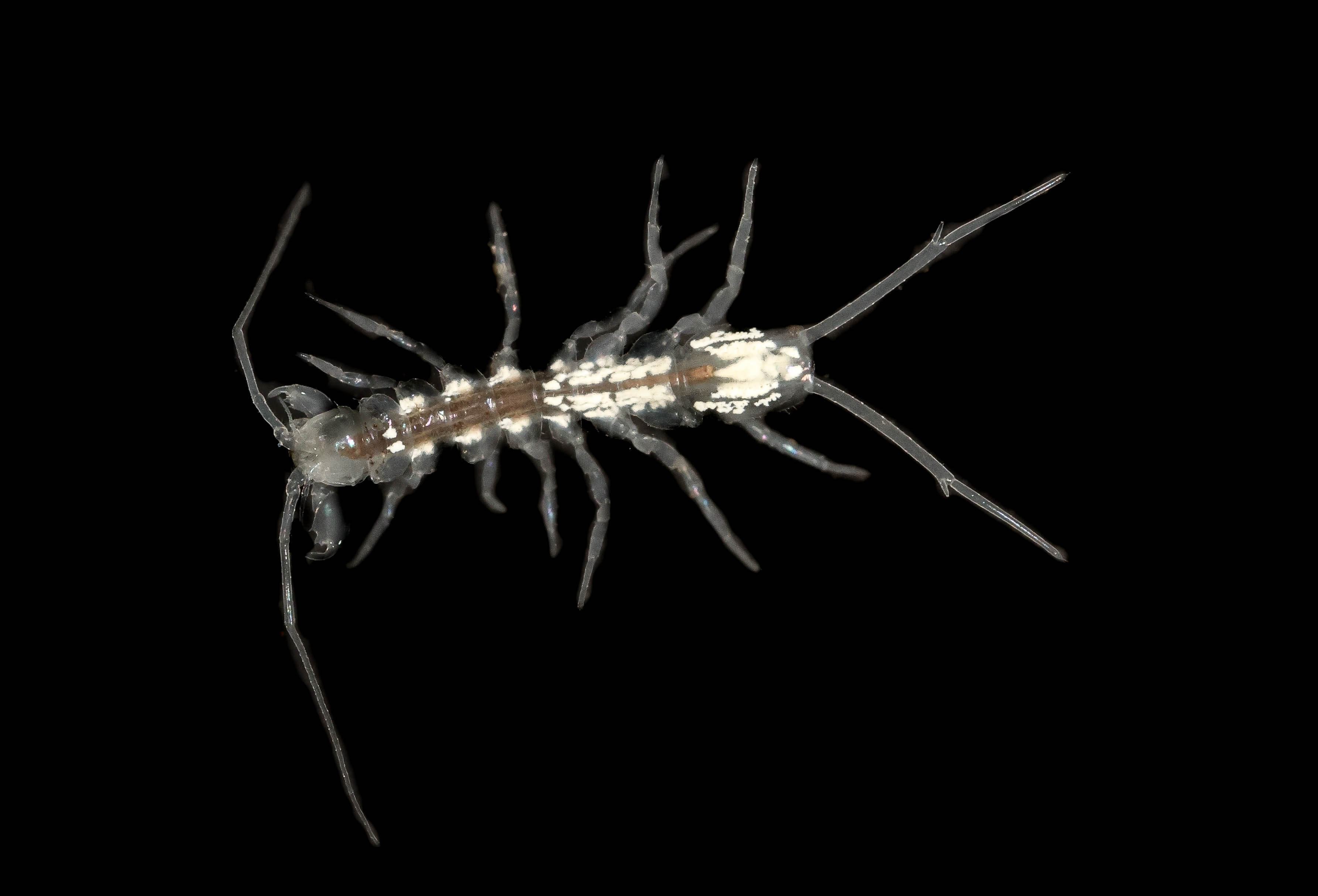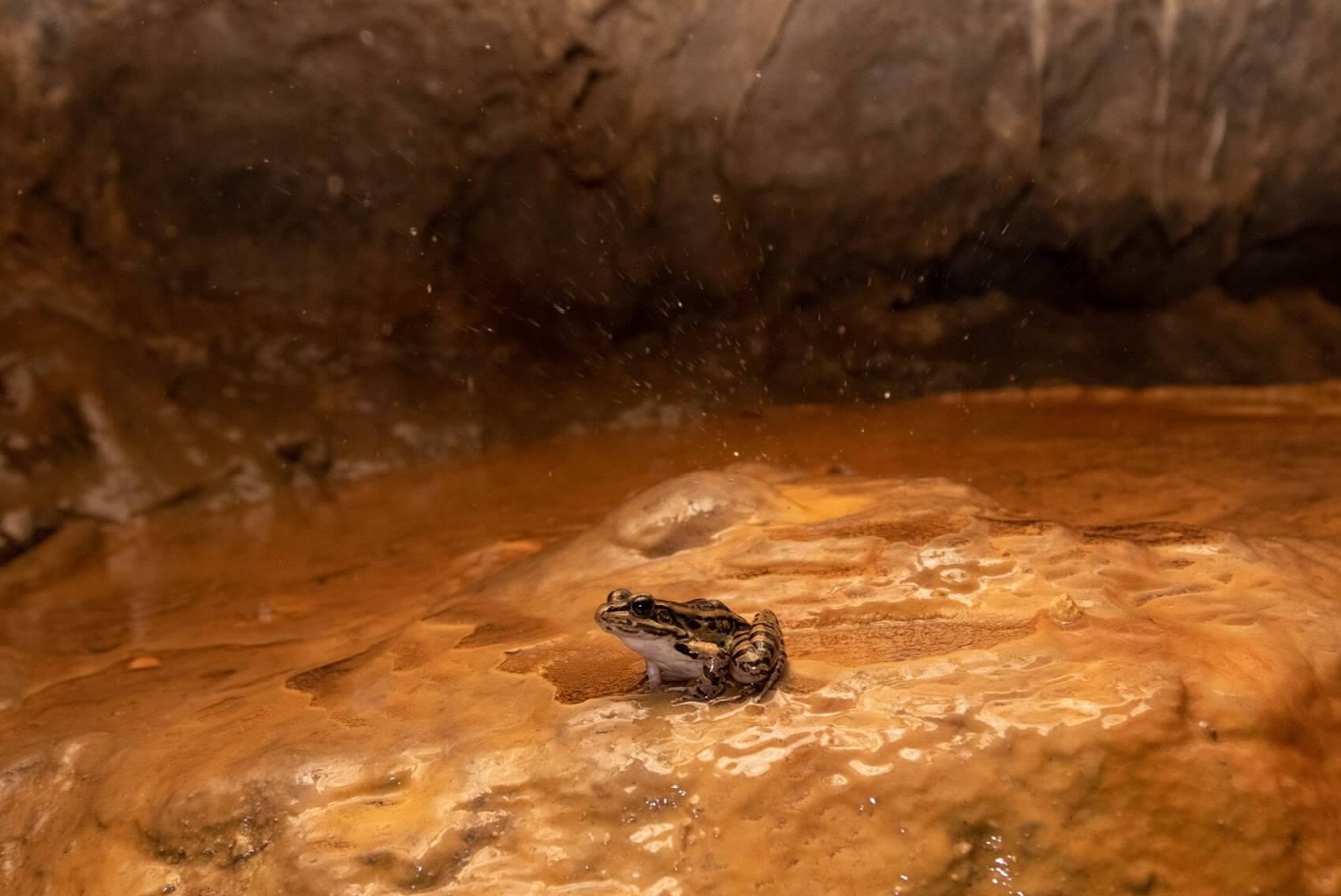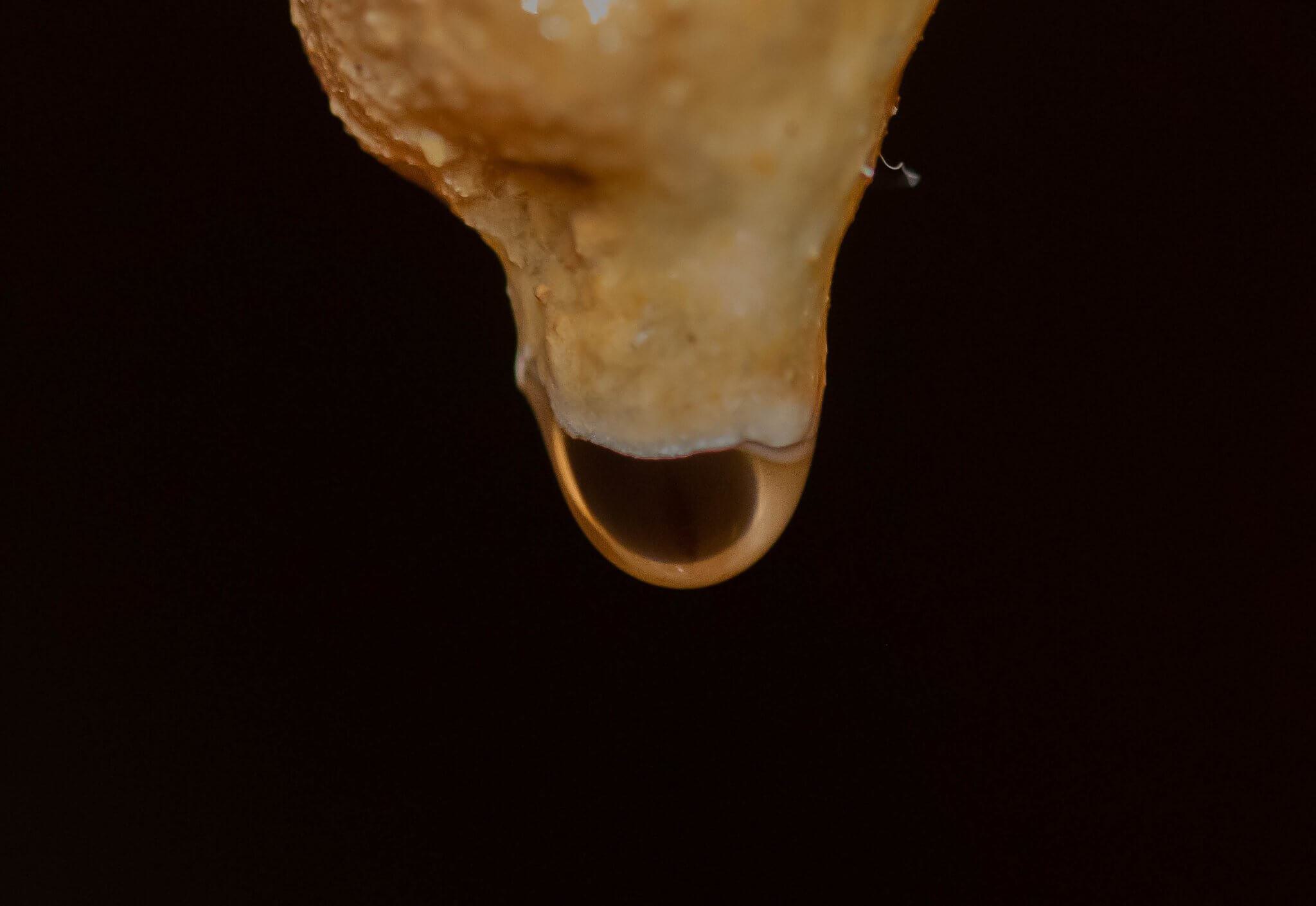Author: Justin Elden, Curator of Herpetology and Aquatics, Saint Louis Zoo
June 6 is National Caves and Karst day, a day to celebrate the importance of the ecosystems that wildlife and people depend upon. I have been interested in caves, karst, and the conservation of the animals that live in these systems my entire career. I hope to instill this interest in the guests of our Zoo through our educational exhibits and animal habitats.
Why Cave Conservation Is important
Caves play a vital role in wildlife conservation. They offer habitat for a vast array of animal species including bats, cave-adapted fish and salamanders and many species of invertebrates. These animals have adapted to living in the dark, damp and often cramped conditions of the cave environment. In many cases of cave-adapted species, they are entirely dependent on caves for their survival and face extinction if their habitats are tainted or damaged.
For example, if trash is dumped into a sink hole, contaminants can enter the cave system and cause declines of some amazing species. Many of these cave-adapted species may be endemic to a single cave or cave system, and if that cave is tainted, an entire species could be wiped off the planet. Therefore, the protection of caves and their ecosystems is essential to the conservation of wild animals and wild places.
Cave-adapted species can look quite alien, often having reduced eyes or pigment like the isopods and grotto salamander endemic to Ozark caves shown below.


Some species may not spend their entire lives in caves but require caves for survival, such as many bat species. Species of snake, frog and fish may live just fine on the surface but also flourish in subterranean environments. One example is the pickerel frog shown below.

Scientific Research
Caves are important for scientific research. By studying the animals that live in caves, biologists can learn about the adaptation of species to unique, challenging environments and how to apply this knowledge to broader conservation efforts. Caves can serve as a record of past biodiversity and climate change, providing a valuable archive. The protection of caves is important for the advancement of scientific knowledge and the preservation of our planet's natural history.
Caves also have cultural significance for many communities around the world. They are often associated with folklore, religion and mythology, and have been used for ceremonial purposes throughout history. Many cave systems contain valuable archaeological remains, such as ancient paintings and rock art. If we protect caves, we are also preserving our history.
Carrying out biological research in a cave can be exciting. To be in areas rarely accessed by people and to be in a completely alien environment that houses endemic species is a dream for us conservation biologists. That said, doing this work also presents many potential dangers, and as professionals in this field, it's important that we follow proper safety protocols. Before entering a cave, it is essential to inform someone of the planned route and expected time of return. A helmet must be worn at all times. Multiple flashlights and headlamps are needed. Redundancy of equipment is extremely important in case gear becomes damaged. Caves are also very wet, muddy, and cold so clothing must be appropriate.
Do not go into caves without a professional guide, as you may do damage to the environment as well as pose a risk to yourself. If you are interested in caves and cave biology, there are ways to tour caves safely in Missouri with experienced guides. You can even come to the Charles H. Hoessle Herpetarium at the Zoo where we have snakes that occur in caves, such as the endangered Jamaican boa. Or stop by the River’s Edge and walk through our simulated Ozark cave at the end of the trail.


